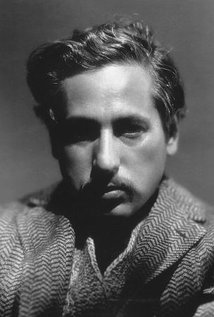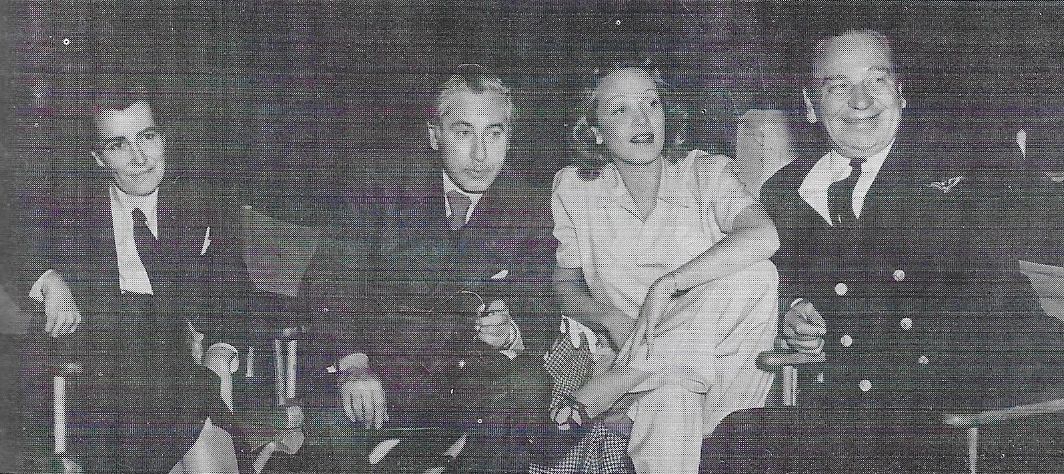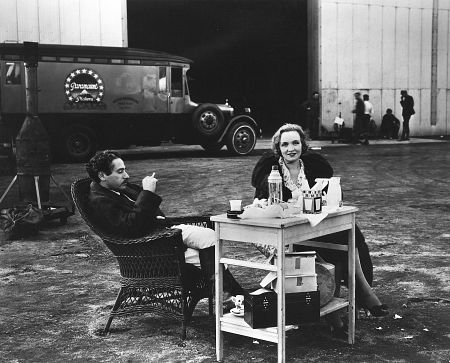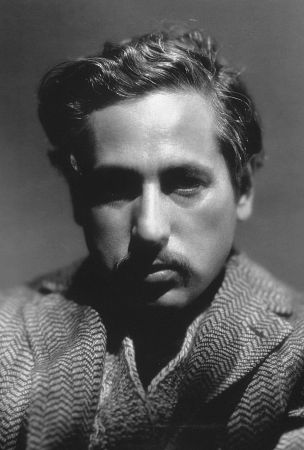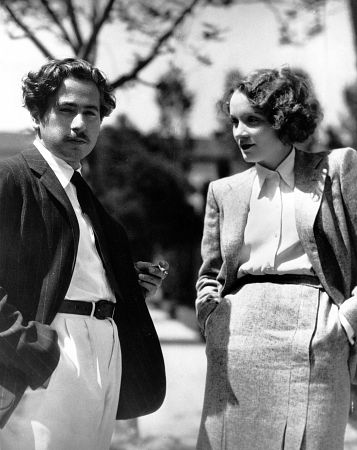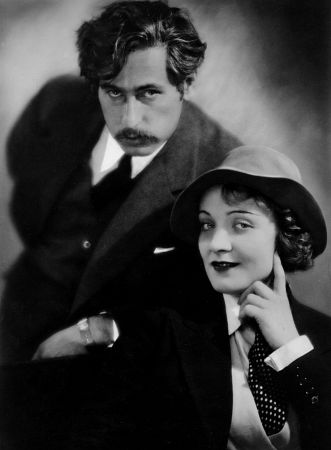Josef von Sternberg split his childhood between Vienna and New York City. His father, a former soldier in the Austro-Hungarian army, could not support his family in either city; Sternberg remembered him only as "an enormously strong man who often used his strength on me." Forced by poverty to drop out of high school, von Sternberg worked ...
Show more »
Josef von Sternberg split his childhood between Vienna and New York City. His father, a former soldier in the Austro-Hungarian army, could not support his family in either city; Sternberg remembered him only as "an enormously strong man who often used his strength on me." Forced by poverty to drop out of high school, von Sternberg worked for a time in a Manhattan store that sold ribbons and lace to hat makers. A chance meeting in Prospect Park, Brooklyn, led to a new career in the cleaning and repair of movie prints. This job provided an entrée to the film production industry, then flourishing in Fort Lee, New Jersey. As an apprentice film-maker, from around 1916 to the early 1920s, von Sternberg developed a lasting contempt for most of the directors and producers he worked for (an exception was Emile Chautard, who acted in some of Sternberg's films of the 1930s), and was sure that he could improve on their products. Staked to a few thousand dollars -- even then an absurdly small budget -- von Sternberg proved himself right with The Salvation Hunters (1925), which became a critical and financial hit. For the next couple of years he seesawed between acclaim and oblivion, sometimes on the same project (for instance, he received the rare honor of directing a film for Charles Chaplin, but it was shelved after only one showing and later disappeared forever). His commercial breakthrough was Underworld (1927), a prototypical Hollywood gangster film; behind the scenes, von Sternberg successfully battled Ben Hecht, the writer, for creative control. With The Last Command (1928), starring the equally strong-willed Emil Jannings, von Sternberg began a period of almost a decade as one of the most celebrated artists of world cinema. Both his film career and his personal life were transformed in the making of Der blaue Engel (1930). Chosen by Jannings and producer Erich Pommer to make Germany's first major sound picture, von Sternberg gambled by casting Marlene Dietrich, then obscure, as Lola Lola, the night-club dancer who leads Jannings' character into depravity. The von Sternberg-Dietrich story, both on-screen (he directed her in six more movies) and off (he became one of her legions of lovers, more in love with her than most) is a staple of film histories. His films of the mid-'30s are among the most visionary ever made in Hollywood, but in spite of their visual sumptuousness, contemporary audiences found them dramatically inert. The films' mediocre box office and a falling-out with Ernst Lubitsch, then head of production at Paramount Pictures (Sternberg's employer), meant that after The Devil Is a Woman (1935) he would never again have the control he needed to express himself fully. In his sardonic autobiography, he more or less completely disowned all of his subsequent films. In spite (or perhaps because) of his truncated career and bitter personality, von Sternberg remains a hero to many critics and filmmakers. His best films exemplify the proposition, as he put it, that in any worthwhile film the director is "the determining influence, and the only influence, despotically exercised or not, which accounts for the worth of what is seen on the screen."
Show less «

